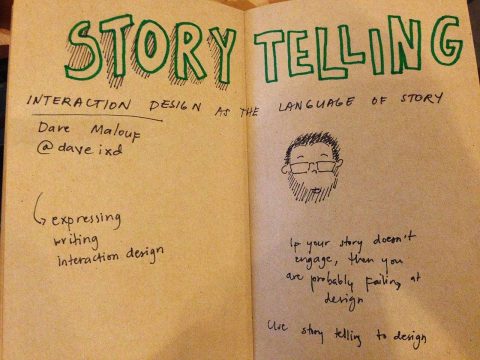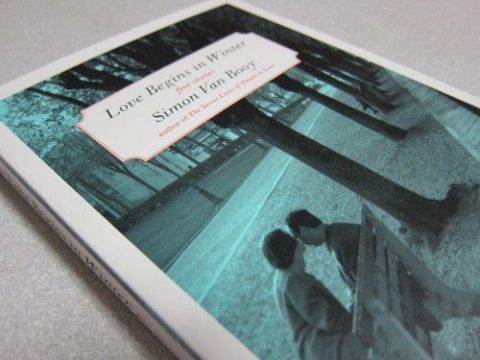This week has been a great week for shows and movies. First, C shared with me COSMOS Episode 3. Second, I watched Captain America: The Winter Soldier with folks from work. Both of which were great shows from which I got a few things about design patterns.
A few hours ago, I just watched Captain America: The Winter Soldier (it was amazing) and immediately discussed the movie with C on the way home. He said, one of the things he liked most were the ‘beats‘ for the action sequences. The action parts of the movie were very well done (and edited) and he was explaining to me how well the beats and timing in the action sequences were done.
Taking from Wikipedia:
Beats are specific, measured, and spaced to create a pace that moves the progress of the story forward.
Maybe I’m pushing it, but I think our experiences with products, apps or games, also have pacing or beats. One possible example could be from the first-time use and transforming these customers to pro-users. Since products also have stories, the pace in which they have to take one step to another is important. Maybe this is just something for me to think more about since I can’t come up with quick examples right now.
Meanwhile, in COSMOS I learned that humans absolutely love finding patterns in everything to the point that we try to see patterns when there really is none. Patterns, while useful for studying things like nature and people, can be used to create beliefs that have no real substance. In the episode, they use the Chinese astronomers’ beliefs and observations as an example. They meticulously recorded the number of tails of comets and attached meaning. Based on the number of tails (one, two, three, etc.), they would determine if it meant famine, death of an emperor, or some other omen. Of course now we’ve proven that there’s no relationship between tails observed and events that happened after.
As a designer, observation is very important in the process of creating products and services. Maybe there are times that we looked for patterns in the wrong places, therefore possibly making errors in our conclusions or design decisions. It’s a reminder that maybe there are times wherein we might just be seeing patterns when there really is none.






Leave a Reply